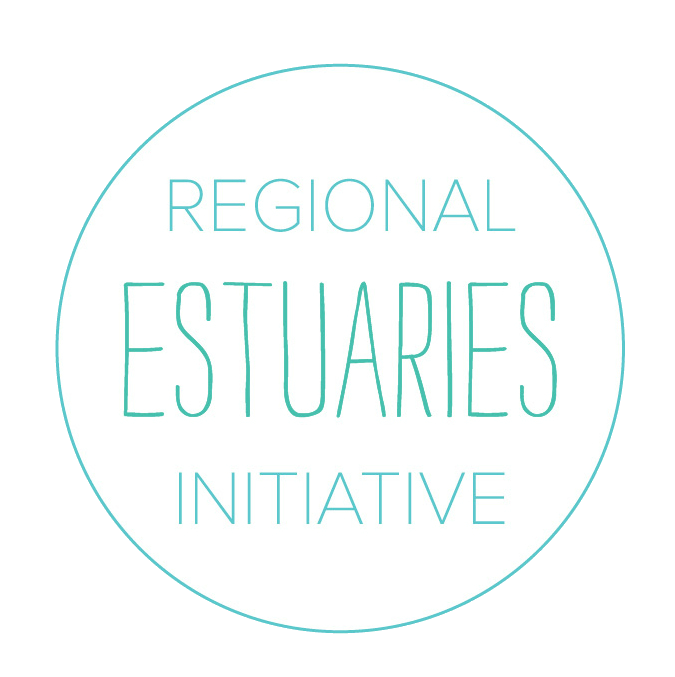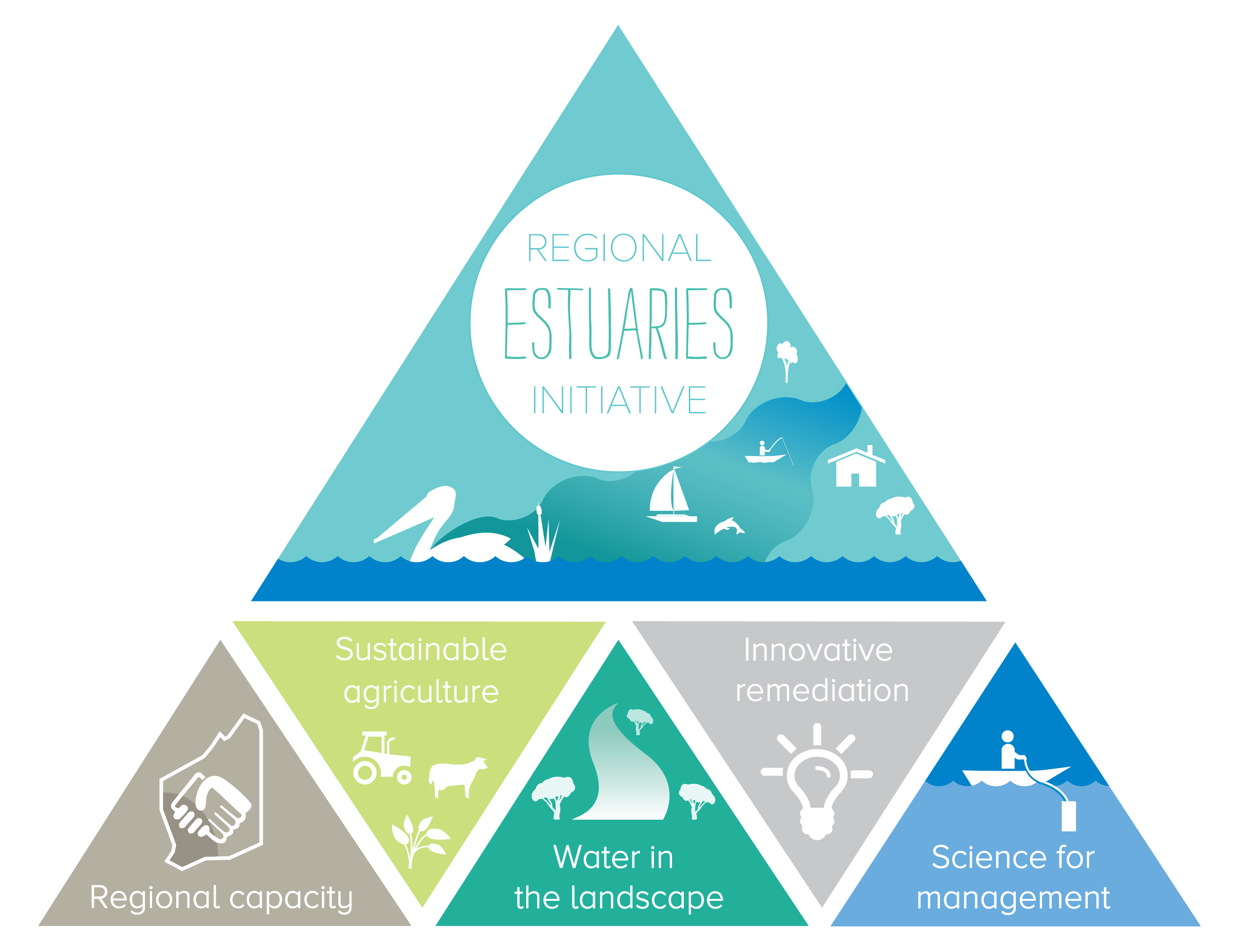Previous programs

The Regional Estuaries Initiative (2016-20)
The Regional Estuaries Initiative was a four year $20 million funded State Government program to improve the health of six Western Australian estuaries which ran from 2016 to 2020.
The initiative is succeeded by Healthy Estuaries WA which is built on the same five strategies.
Outcomes of the Regional Estuaries Initiative:
- Delivery of more than 70 projects
- Collaboration with 25 organisations across industry, natural resource management, state government and local government.
- Over 8400 paddocks soil tested for better fertiliser management
- Regular monitoring of more than 150 estuary and catchment sites
...and many more!
Below is a summary of each strategy of the Regional Estuaries Initiative.

Regional Capacity
Sustainable agriculture
Nutrient run-off from agricultural land represents the largest source of nutrients entering estuaries in south-west catchments. Excess nutrients entering waterways from fertiliser and effluent reduces water quality, and this can lead to algal blooms, low oxygen and fish deaths. The Regional Estuaries Initiative worked with catchment and industry groups and farmers to reduce the nutrient run-off from farms. This strategy focused on two key areas – fertiliser management and dairy effluent management.
Water in the Landscape
As water flows across the landscape it can be filtered and cleaned in natural systems like streams and wetlands, but it can also mobilise contaminants, nutrients and sediments from rural and urban land uses. There are many ways we can improve how water moves through the catchment to improve water quality in our estuaries.
Innovative remediation
The Innovative Remediation strategy, under the Regional Estuaries Initiative, tested new technologies for nutrient management and gathering evidence to see if they can be used at a catchment scale. The strategy developed and trialled these new technologies to reduce nutrient losses to waterways from urban and rural land uses and improve soil condition for plant growth.
By developing and testing new treatment options, we can produce solutions to achieve value-for-money outcomes for our estuaries, supporting both environmental and economic needs.
